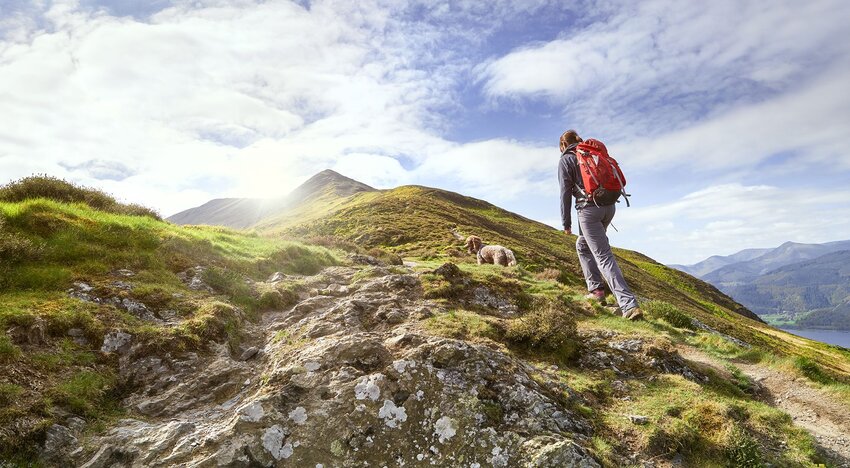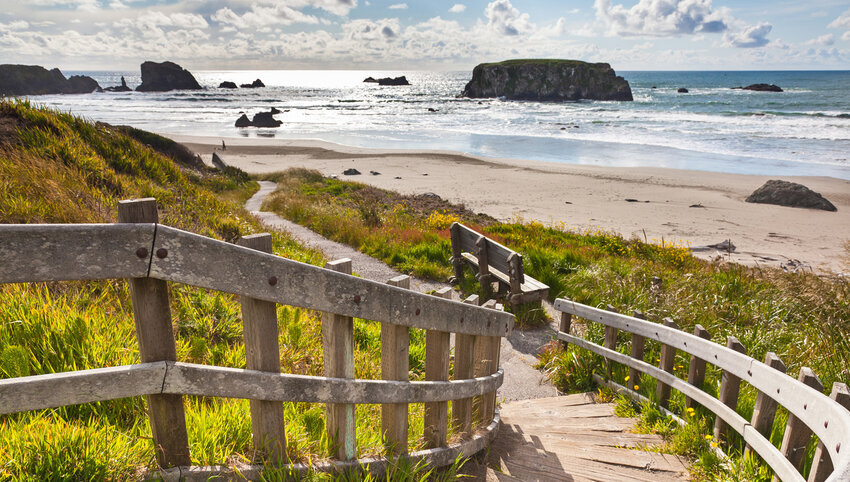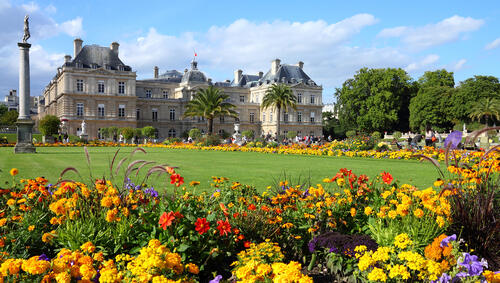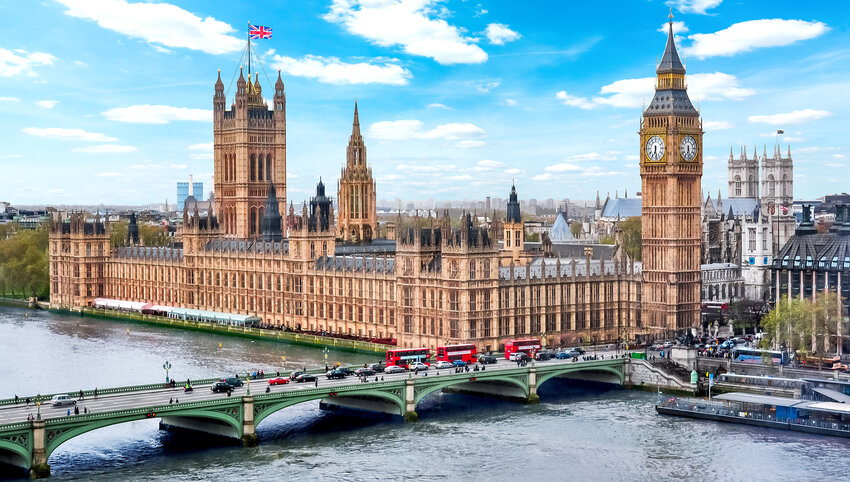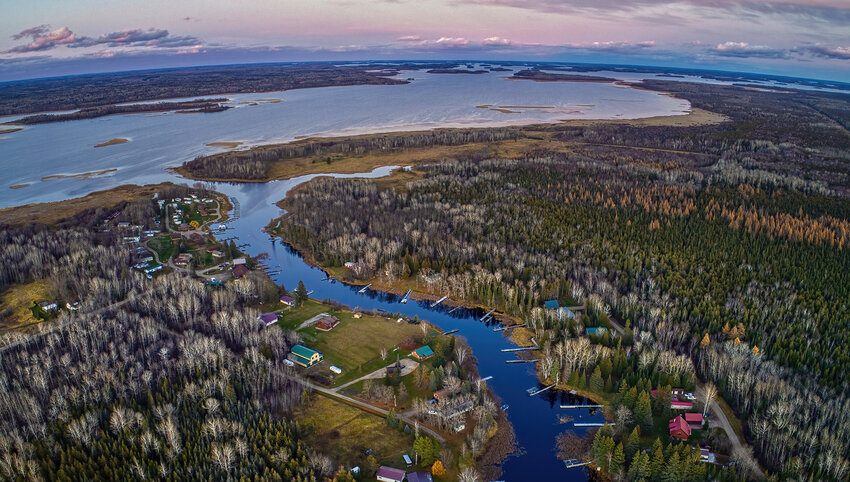We English have always enjoyed visiting our own backyard. Though the weather can be a bit of a gamble and the delights of Europe are a short flight away, we enjoy day trips and longer stays on our home turf to learn more about the greater U.K. Since we know how to do it best, we’re happy to share some tips and tricks. Here’s how to explore England like a local next time you cross the pond.
Understand That England Extends Beyond London
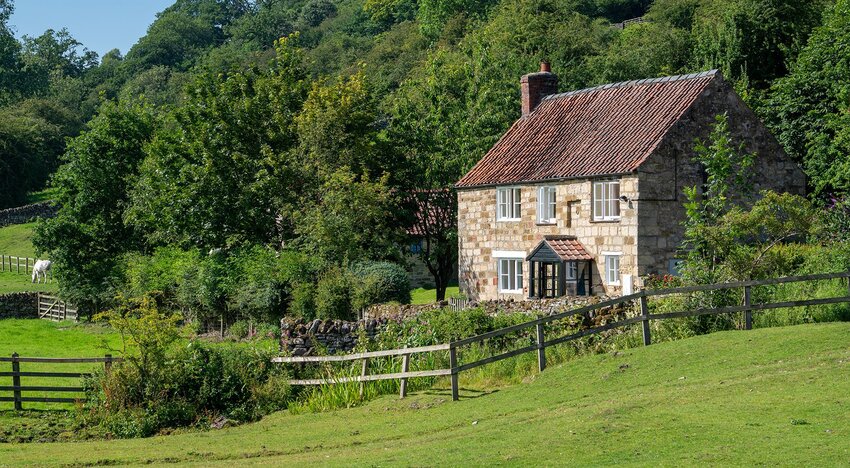
Though we're perfectly happy visiting London’s landmarks and tourist attractions, we’re firm believers that an English holiday shouldn’t begin and end with the capital. In fact, given that many of us live in crowded cities, we prefer heading to the country when taking trips throughout England. Typically, we’ll pick a single area rather than take a tour down the Isle; try Cornwall or Northumberland if you want to experience the English coast. Derbyshire or the Cotswolds are optimal for countryside getaways.
Visit a Castle

England is littered with heritage properties, many of them managed by the National Trust. Maybe it has something to do with the old saying, “An Englishman’s home is his castle,” but we love nothing better than to spend our weekends exploring castles. Fortunately, there’s no shortage of them to visit. Some are photogenic coastal ruins, like Dunstanburgh in Northumberland; others, like Leeds in Kent, have moats that reflect their crenellated walls. Most can trace their history back centuries. Windsor Castle in Berkshire is the oldest and largest occupied castle not just in England but in the world. The current resident, Her Majesty The Queen, is quite happy for tourists to pop in, so long as they don’t mind paying for the privilege.
Take a Walk in a National Park
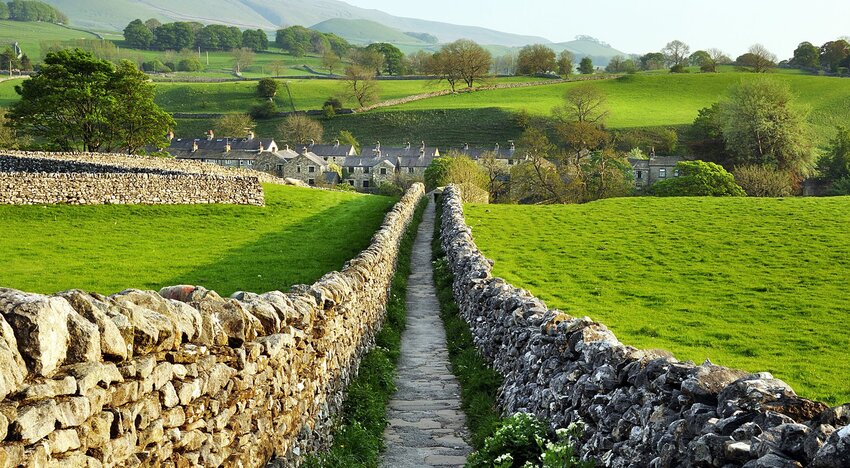
The English love to go for walks. If you’re looking to leisurely experience some of England’s best scenery, set your sights on one of the country’s 10 national parks. Though they contain some of the most beautiful landscapes in the country, these aren’t pockets of wilderness — England is too densely populated for that. Instead, places such as the Lake District, Yorkshire Dales, and Dartmoor offer picturesque agricultural land scattered with quaint villages.
Go to the Beach — Even When It Isn’t Hot
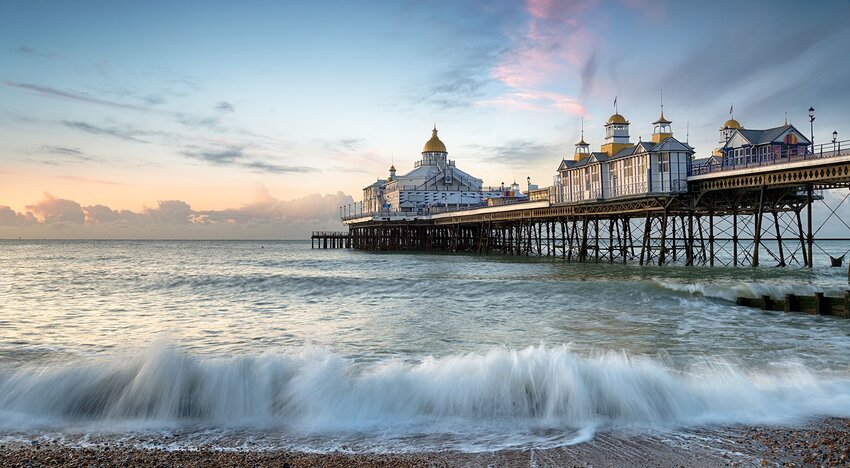
Nowhere in England is more than 70 miles from the sea, which could explain our obsession with the seaside. As soon as the sun comes out and the thermometer hits 60 degrees Fahrenheit, there’s an exodus to the coast. But take note: The water may still be freezing and a gale might be whipping up sand, so it's wise to invest in a wind breaker if you’re looking to hit the shore. England has almost 2,800 miles of coastline, which means that there are plenty of beaches to choose from. Among the best are the dune-backed sands of the East Coast and the beaches of Dorset’s striking Jurassic Coast. Many resorts have Victorian pleasure piers or wooden landings that jut into the ocean and often feature entertainment venues; visit Southend on Sea in Essex to stroll or catch a train along the world’s longest pier, which extends more than 1.3 miles into the Thames Estuary.
Stay in a Cottage

Though England is blessed with many excellent hotels, the English are more likely to opt for a cottage (or a campsite) when holidaying in our own country. Whether it’s built out of Cotswold sandstone, Norfolk flint, or Lake District slate, the cottage should be quaint and have a garden full of flowers. Inside, rustic décor, exposed beams, and a wood-burning stove are an added bonus. Ideally, the cottage should also have a view of the sea or, failing that, look out over bucolic fields grazed with sheep or cows. And it should be within walking distance of a pub selling real ale or cider, though no one will mind if you order a glass of red.
Familiarize Yourself With Cream Tea Etiquette
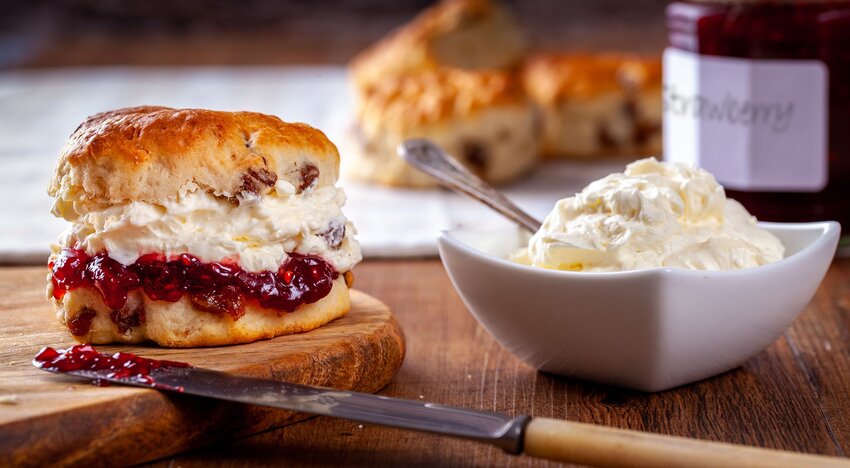
At some point during your stay, you should have the quintessential English treat: a cream tea. Not to be confused with the altogether more elaborate afternoon tea, a cream tea is simply a scone (or two) with jam and cream, served with a pot of tea. Although you’ll find them nationwide, cream teas are most popular in the West Country counties of Devon and Cornwall. And that’s where it gets a little tricky, because these neighbors cannot agree on how to serve a cream tea. The Cornish pile on the jam first and then add a dollop of clotted cream; Devon residents do the exact opposite. The Queen, in case you were wondering, is #TeamCornwall. Visitors are expected to pick a side, though everyone’s a little more forgiving when it comes to the pronunciation of the word scone, which can be pronounced skon or skoan no matter which county you’re in.
Treat Yourself to a Pub Lunch
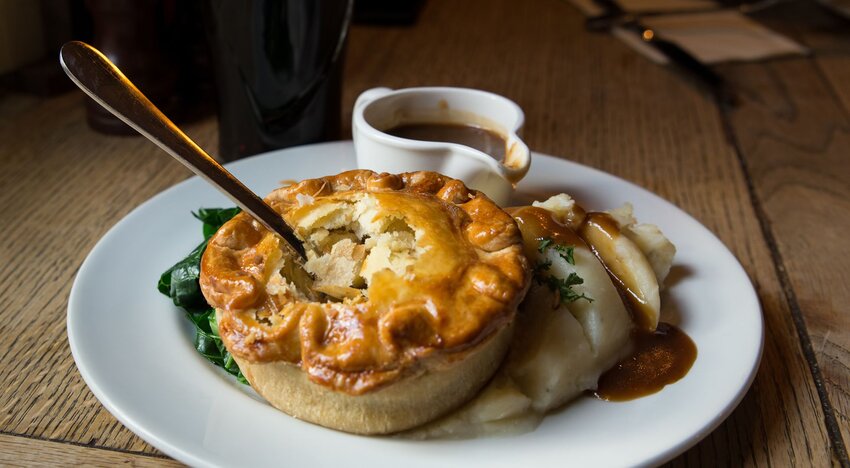
The pub lunch is another English institution and fortunately less of a minefield than the potentially fraught business of consuming a cream tea. The pub you visit should, ideally, be quaint and beside a country footpath so you can walk off the calories afterward. What you eat will depend on the day of the week. On a Sunday, the only acceptable choice is a roast dinner. The meat varies — usually beef, pork, lamb, or chicken — but the roast potatoes, vegetables, and other accompaniments (such as Yorkshire pudding) remain the same. The rest of the week, there are more options, but certain staples are likely to appear on most pub menus, including fish or scampi with chips, sausage and mash, lasagna, and pie. For dessert, save room for English classics such as sticky toffee pudding or fruit crumble.
Main photo by Duncan Andison/Shutterstock.

